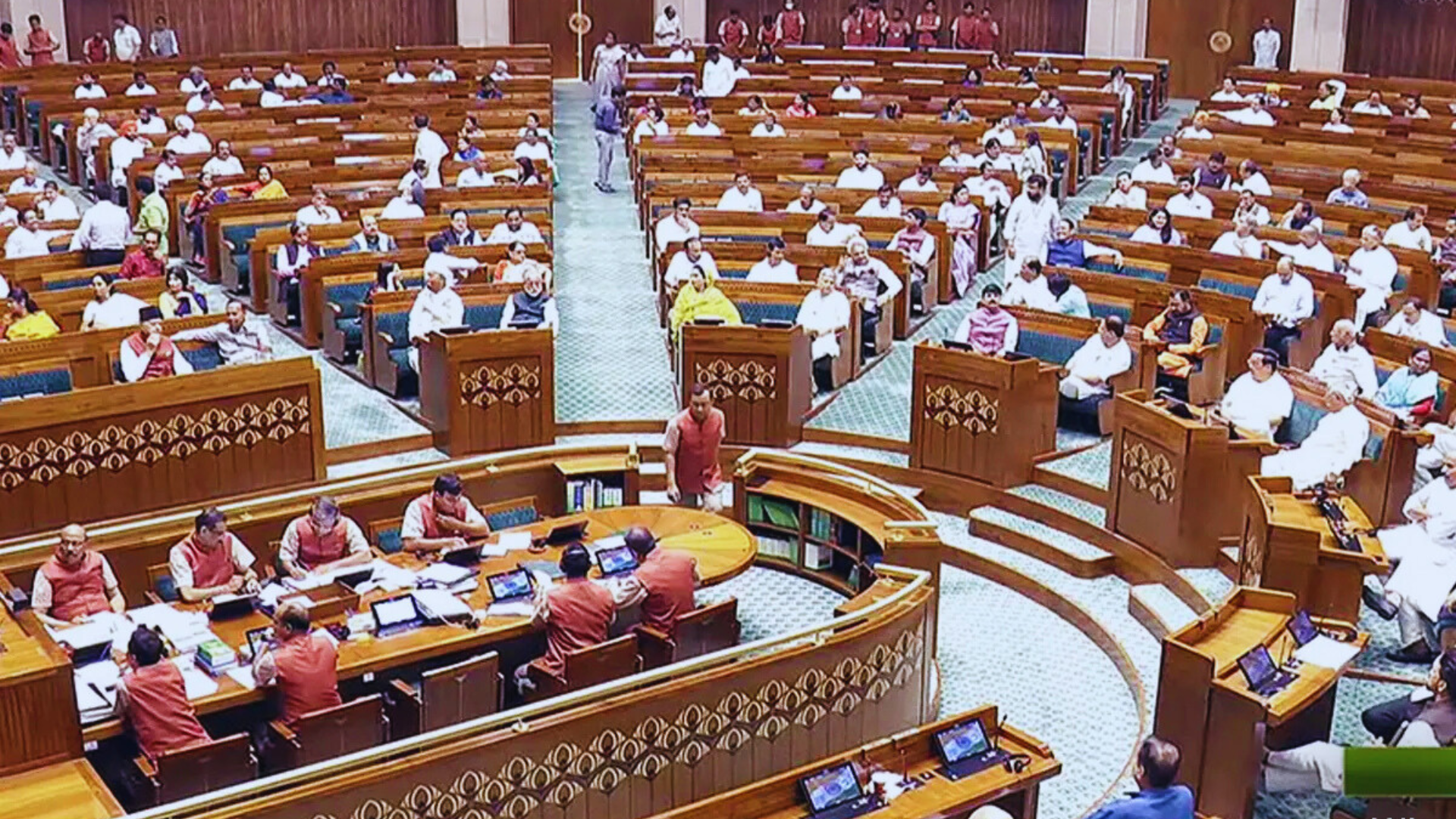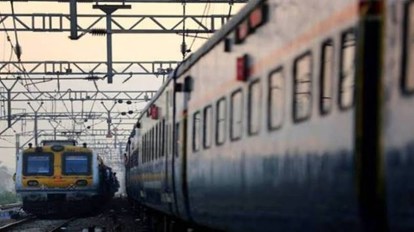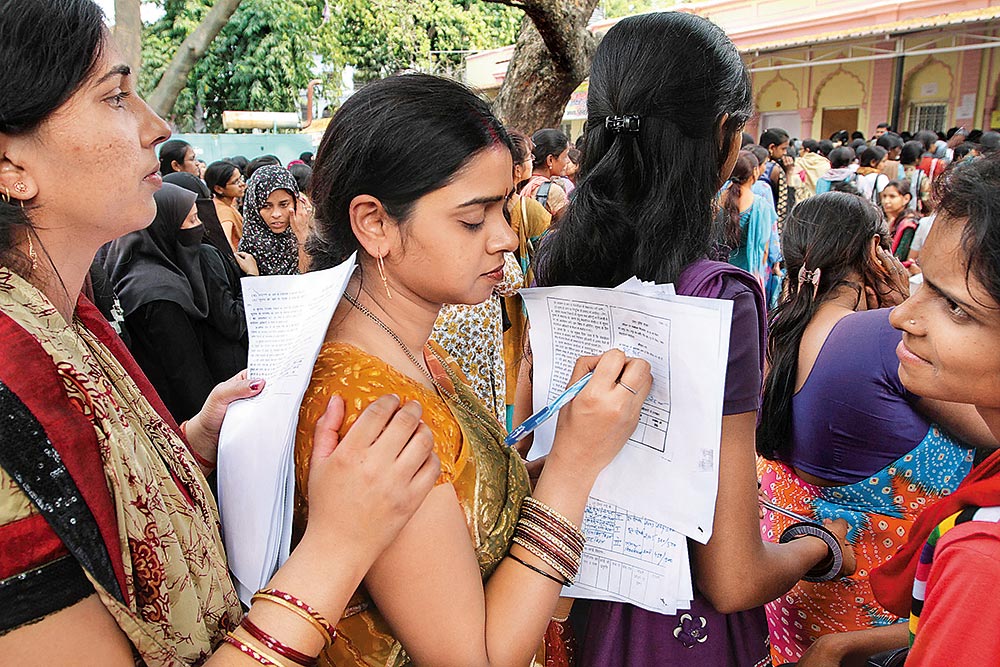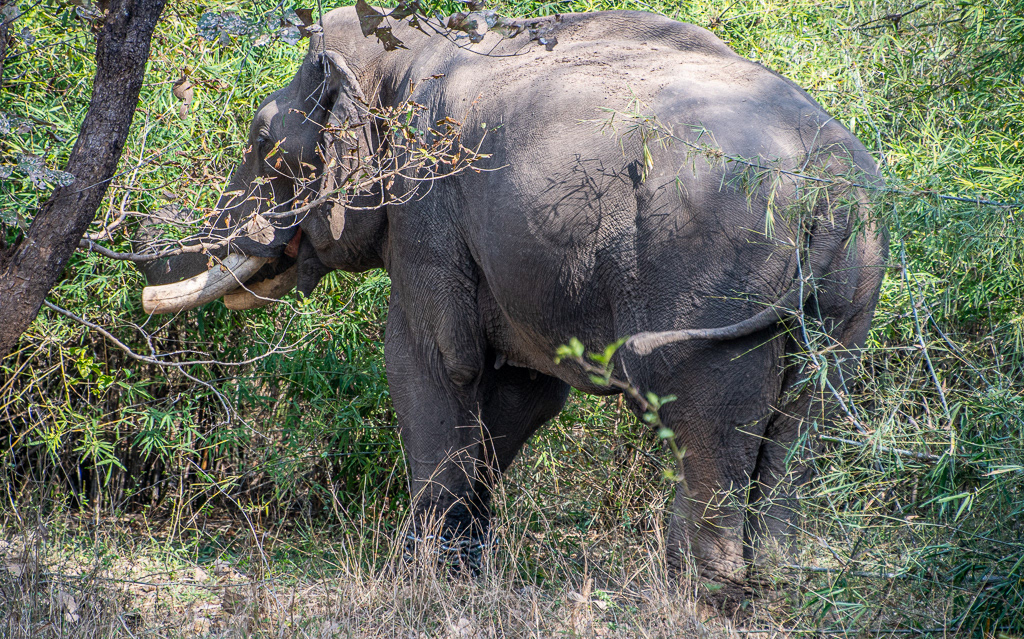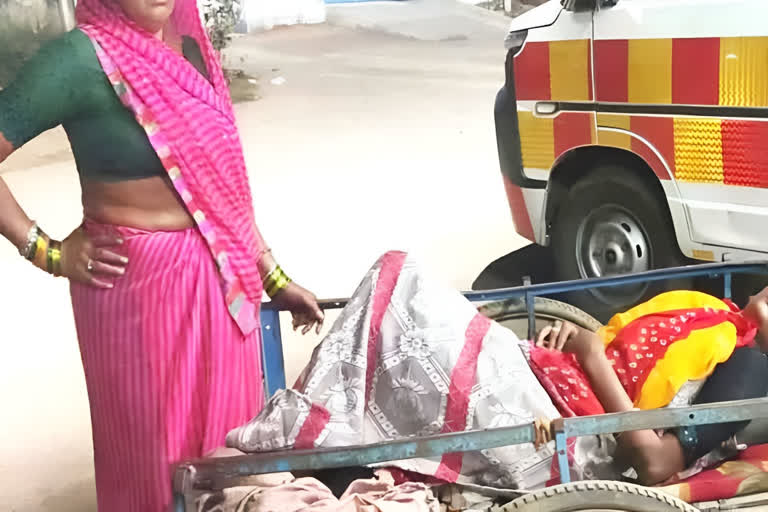Principal and Librarian Fight in Madhya Pradesh School Goes Viral: Both Removed After Shocking Incident
In a disturbing turn of events, a government school in Madhya Pradesh's Khargone district became the center of nationwide attention after a video showing a physical fight between the school’s principal and librarian went viral on social media. The two women were seen slapping, pulling each other’s hair, and yelling at one another in front of shocked teachers and students. The altercation occurred at the Government Eklavya Adarsh Awasiya Vidyalaya, a residential school for tribal students, and has sparked serious questions about decorum and discipline in educational institutions.
Fight Breaks Out Over Book Distribution Task
According to reports, the incident took place on Saturday during a disagreement between Principal Praveen Dahiya and librarian Madhu Rani regarding the division of responsibilities—specifically, who would distribute books to the students. The argument reportedly started when the librarian questioned the principal’s instructions, claiming she was being overburdened with tasks outside her official duties. The principal, allegedly offended by the resistance, responded sharply.
As the verbal spat intensified, librarian Madhu Rani began recording the interaction on her mobile phone, possibly as a form of documentation or self-defense. This act enraged the principal, who attempted to snatch the phone. What followed was an unprecedented and shocking scene inside the school premises.
Viral Video Shows Shocking Behavior From Educators
The video, filmed by other staff members present at the scene, captures the moment when Principal Dahiya lunges at Madhu Rani, slaps her across the face, and throws her mobile phone to the ground, shattering it. In retaliation, the librarian shouts, “How dare you touch me and break my phone!” and slaps the principal back. The two can then be seen physically struggling—pushing, slapping, and grabbing each other’s hair—while other teachers try to intervene.
The incident took place in a school hallway and was seen by several students and staff members. The video quickly started popping up all over social media and even made its way onto local news channels, which sparked a lot of criticism from the public and school officials alike.
Immediate Action Taken: Both Removed Pending Inquiry
In response to the viral incident and public outrage, the District Education Office in Khargone took immediate action. Both the principal and the librarian were relieved of their duties with immediate effect. An official inquiry has been launched to determine the cause of the fight and whether any further disciplinary or legal action needs to be taken.
District Education Officer (DEO) Rajendra Vyas told media outlets that such behavior from senior teaching staff is completely unacceptable. “We have zero tolerance for such unprofessional conduct, especially inside a school campus. A detailed inquiry has been initiated, and both individuals have been removed from their posts until the investigation is complete,” he said.
Public and Parental Outrage Over ‘Shameful’ Conduct
The video has triggered a wave of anger among parents and community members, many of whom rely on the Eklavya school system for quality education for their tribal children. “If our children see their teachers and principals behaving like this, what kind of discipline will they learn?” questioned Ramesh Patel, a parent of a student at the school.
Social media users condemned the behavior, with many calling it “shameful,” “unbecoming of educators,” and “a failure of the school system.” The video has garnered thousands of views and comments within hours of surfacing, with hashtags like #TeacherFight and #SchoolBrawl trending locally.
Raises Questions on Professional Conduct in Education Sector
This is not the first time educators have made headlines for the wrong reasons, but such a public and violent confrontation between two female staff members is rare. Education experts say the incident highlights a deeper issue of lack of conflict resolution mechanisms and stress management in government schools.
“Teachers and administrators are under increasing pressure, and without proper training or support systems, such confrontations are bound to happen,” said Dr. Alka Sharma, an education consultant based in Bhopal. “But physical violence can never be justified, especially from authority figures in schools.”
Call for Training and Conflict Resolution Programs
In the aftermath of the incident, educational authorities in Madhya Pradesh are considering introducing mandatory conflict resolution training for school staff to help prevent such episodes in the future. Many have suggested that every school must have a clear grievance redressal system where disagreements can be resolved professionally.
“This is a wake-up call,” said DEO Vyas. “We must ensure our teachers are not only academically qualified but also emotionally and professionally equipped to handle pressure and disagreements.”
Conclusion: A Cautionary Tale for School Administrators Across India
The brawl between Principal Praveen Dahiya and Librarian Madhu Rani will likely be remembered as a cautionary tale of how unresolved workplace tensions can spiral out of control. More than just a viral moment, it has become a symbol of the urgent need for reform in how school staff interact and resolve their issues. While disciplinary action is underway, the larger conversation about teacher training, professional ethics, and mental well-being in India’s schools has only just begun.



